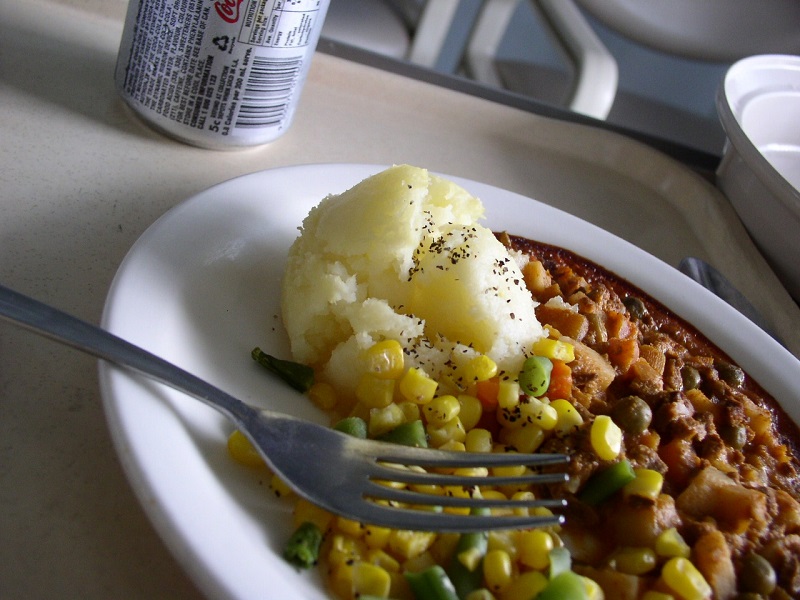- NHS Digital has published the results of the Patient-Led Assessments of the Care Environment (PLACE) 2019 for England
- The annual appraisal of the non-clinical aspects of NHS and independent/private healthcare settings are undertaken by teams made up of staff and members of the public
- It focuses on the environment's cleanliness, food and hydration provision, the extent to which the provision of care with privacy and dignity is supported, and whether the premises are equipped to meet the needs of people with dementia or with a disability
- -1,144 assessments were undertaken in 2019 compared to 1,198 in the previous year
- Overall, the highest national average domain score was for cleanliness, at 98.6%
Improvements need to be made to NHS buildings and services, in particular issues around privacy and dignity, disability and dementia care, and catering services, according to the results of the latest Patient-Led Assessments of the Care Environment (PLACE) survey.
PLACE assessments are organised by NHS Digital and are an annual appraisal of the non-clinical aspects of NHS and independent and private healthcare settings, undertaken by teams made up of staff and members of the public.
They provide a framework for assessing quality against common guidelines and standards in order to quantify the environment's cleanliness, food and hydration provision, the extent to which the provision of care with privacy and dignity is supported, and whether the premises are equipped to meet the needs of people with dementia or a disability.
In total, 1,144 assessments were undertaken by 261 organisations. Of these, 214 (81.7%) were NHS trusts, and 47 (18.3%) were voluntary, independent or private healthcare providers.
And the results show there are still areas for improvement, in particularly around privacy and dignity, where the national average satisfaction score was just 86.1%.
Privacy and dignity
There were also issues with how well the needs of people with dementia and disabilities are being met, with the average scores standing at 80.7% and 82.5% respectively.
The averages for cleanliness and food and hydration were 98.6% and 92.2% respectively; while for the condition, appearance and maintenance of buildings, the national score was 96.4%.
When looking at privacy and dignity, the inspection focused on issues including the provision of outdoor and recreational areas; changing and waiting facilities; and access to television, radio, internet and telephones. It also included the practicality of male and female services e.g. sleeping, bathroom and toilet facilities; bedside curtains sufficient in size to create a private space around beds; and ensuring patients were appropriately dressed to protect their dignity.
Individual site scores ranged from 35.7%-100%, with a median score of 88.6%.
The highest average score by site type recorded was 92.4% in mental health and learning disabilities facilities, while the lowest score was for acute/specialist units at 84.9%.
Scores relating to how well facilities meet the needs of people with dementia focused on flooring, décor and signage, and aspects such as availability of handrails, appropriate seating and, to a lesser extent, food.
In total, 889 sites were assessed against the criteria, with 255 declaring that, due to the nature of services provided, patients with dementia would not be admitted.
Caring for the elderly
The national average score for the dementia domain was 80.7%, with site scores ranging from 45.7%-100% and a median score of 85.5%.
All site type averages were above 79% for the dementia domain, with the highest in mental health and learning disability settings (90.6%) and the lowest score in acute and specialist centres, at 79.3%.
For those with disabilities, the teams looked at issues including access, mobility, signage, hearing loops, and aspects relating to food and food service.
The national average was 82.5%, with site scores ranging from 50%-100% and a median score of 85%.
All site type averages were above 80%, with the highest average score recorded for mental health and learning disability clinics (87.5%) and the lowest, at 80%, at treatment centres.
For overall cleanliness, inspection teams looked at everything from baths, toilets and showers, to furniture, floors fixtures, and fittings.
Individual site scores ranged from 78.7%-100%, with a median score of 99.5%.
The best scores were in inpatient units (99.3%) while the lowest were, once again, in treatment centres (97%).
For the condition, appearance and maintenance of estates and facilities, the national average score was 96.4%, with site scores ranging from 70%-100%.
The highest average score by site type recorded was 97.4% for ‘other inpatient’ facilities.

The overall satisfaction score for food and nutrition was 92.2%
Food for thought
And food quality also came under the spotlight, on the back of the launch, last September, of a Government review into the standard of food served in hospitals.
The probe follows the deaths of six people linked to an outbreak of listeria in contaminated food.
The PLACE survey focused on a range of organisational questions relating to catering services, for example choice of food, 24-hour availability, meal times, and access to menus.
It also included an assessment of food at ward level, including the taste, texture and appropriateness of serving temperature.
In total 1,892 food assessments were undertaken at sites where meals are provided (1,072 sites). This excluded hospitals and units which were fully self-catering and those without inpatient beds. The national average score for the food domain overall was 92.2%, with site scores ranging from 68.8%-100%.
The best sites were treatment centres, while the worst were inpatient units.
The survey also looked at specific details of nutrition of hydration, namely organisation food and ward food.
Here, the national average scores were 91.9% and 92.6% respectively.
Click here for full details of the inspection.
